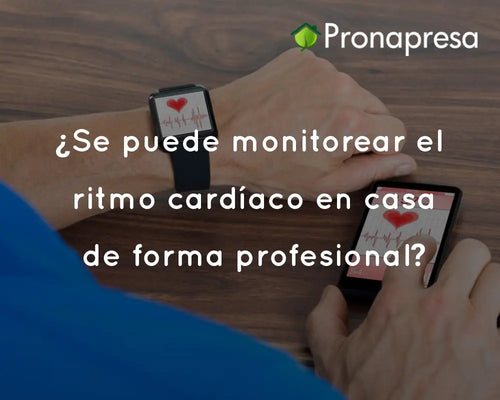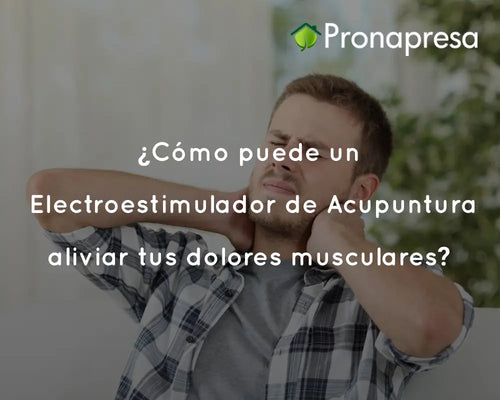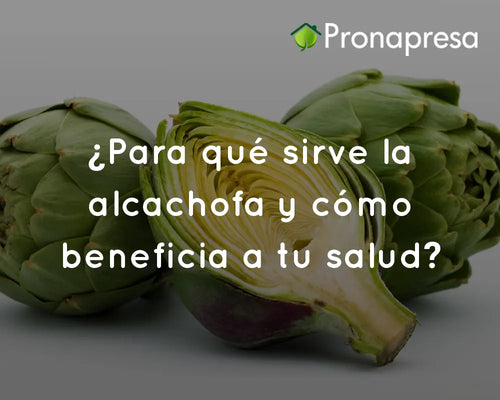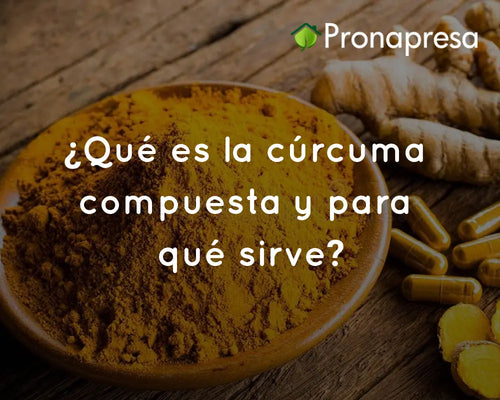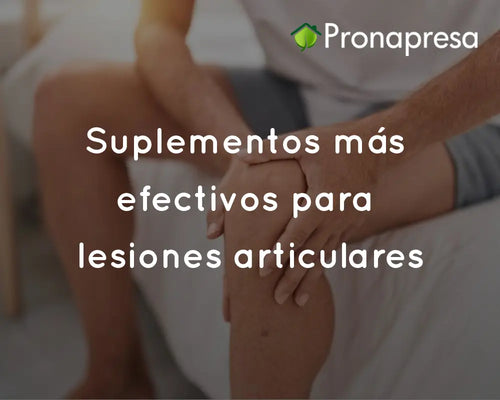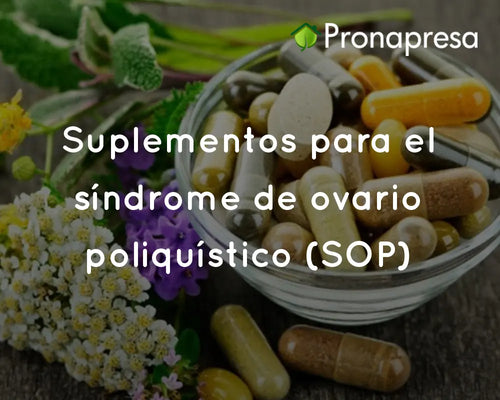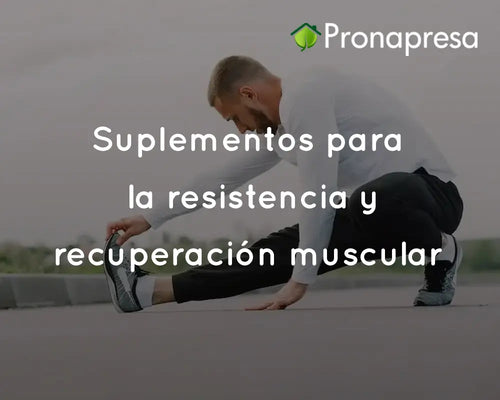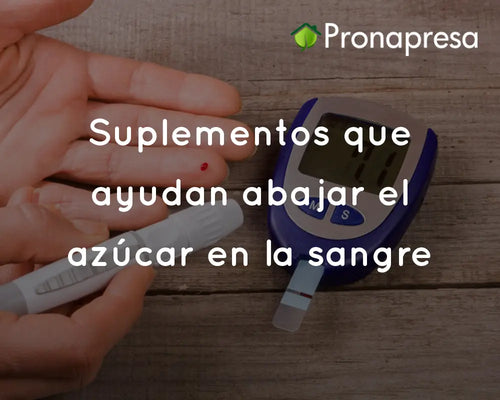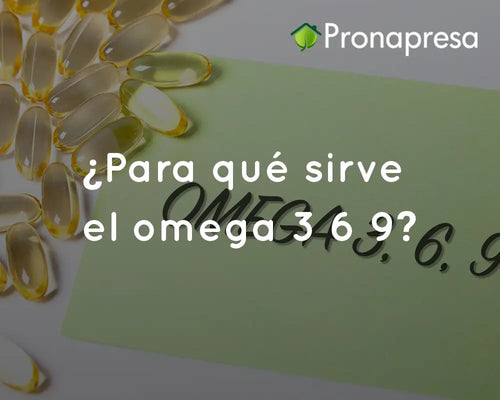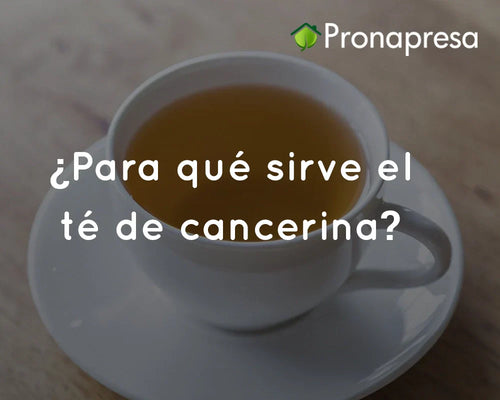What is epicondylitis?
Epicondylitis, commonly known as "tennis elbow" or "golfer's elbow," is a medical condition that affects the tendons and muscles of the elbow. Although the terms "tennis elbow" and "golfer's elbow" suggest that this injury is only found in people who play these sports, it can actually affect anyone, regardless of their physical activity.
Epicondylitis results from irritation, inflammation, and small tears in the tendons that attach to the epicondyles, the bony protrusions on the outside and inside of the elbow. The lateral epicondyle is involved in tennis elbow, while the medial epicondyle is linked to golfer's elbow.
Causes
Epicondylitis usually develops due to a combination of factors, including:
-
Repetitive Overuse: Activities or movements that involve repetitive movements of the forearm and wrist, such as using hand tools, racket sports, construction work, or even excessive use of electronic devices, can cause wear and tear on the tendons in the elbow.
-
Poor technique: Performing physical or work activities with incorrect technique can put undue stress on the elbow tendons, increasing the risk of injury.
-
Age and gender: Epicondylitis is most common in people between 30 and 50 years old, although it can affect any age group. Men are more likely to develop this injury.
-
Occupational factors: Jobs that involve repetitive motion and overuse of the arm and wrist may increase the risk of epicondylitis in the workplace.
Symptoms
Characteristic symptoms of epicondylitis include:
-
Elbow pain: The most common sign is severe pain in the outer or inner region of the elbow, which may radiate to the forearm.
-
Pain when gripping objects: Experiencing pain when gripping objects, such as a cup, a pen, or shaking someone's hand.
-
Arm weakness: Epicondylitis can weaken grip and strength in the affected arm.
-
Tenderness in the epicondyles: When you press on the epicondyles, you may feel tenderness or pain.
Diagnosis and Treatment
If you experience the symptoms mentioned above, it is important to seek medical attention for a proper diagnosis. Your doctor will perform a physical exam, assess your symptoms, and may order imaging tests, such as X-rays or MRIs, to confirm the diagnosis.
Treatment for epicondylitis usually includes:
-
Rest and activity modification: It is important to allow the affected elbow to rest and avoid activities that worsen the pain.
-
Physical therapy: Strengthening and stretching exercises can help reduce tension in the tendons and improve flexibility.
-
Medications: Pain relievers and anti-inflammatory drugs may be prescribed to relieve pain and reduce inflammation.
-
Complementary therapies: Options such as ultrasound therapy, physical therapy, and massage may provide relief.
-
Corticosteroid injections: In severe cases, your doctor may inject corticosteroids to reduce inflammation.
Prevention
To prevent epicondylitis, consider following these tips:
-
Exercise and stretching: Perform strengthening exercises and stretches appropriate for the forearm muscles.
-
Proper Technique: Learn and practice proper technique for any physical or work activity that involves repetitive movements.
-
Ergonomics: Ensure proper posture and proper ergonomics in the workplace.
-
Rest and recovery: Allow your muscles and tendons to recover properly between physical activity sessions.
Epicondylitis is a painful injury affecting the tendons and muscles of the elbow due to repetitive motion and overuse. If you experience symptoms of this condition, it's essential to seek medical attention for proper diagnosis and treatment. By taking preventative measures, you can reduce your risk of developing epicondylitis and maintain the health of your elbows. Take care of your body and stay active safely!
Remember that prevention is better than cure




